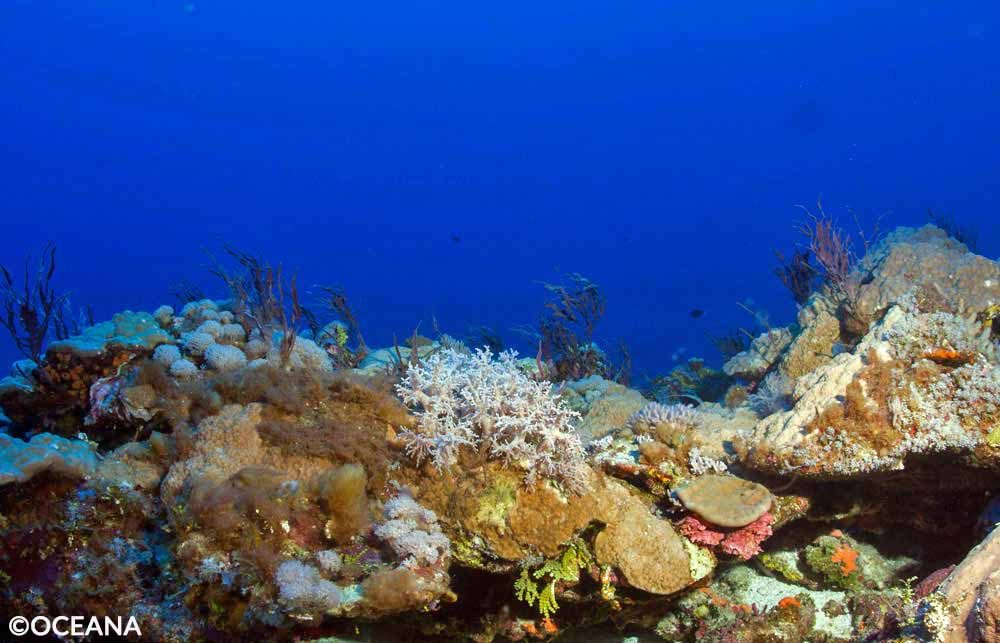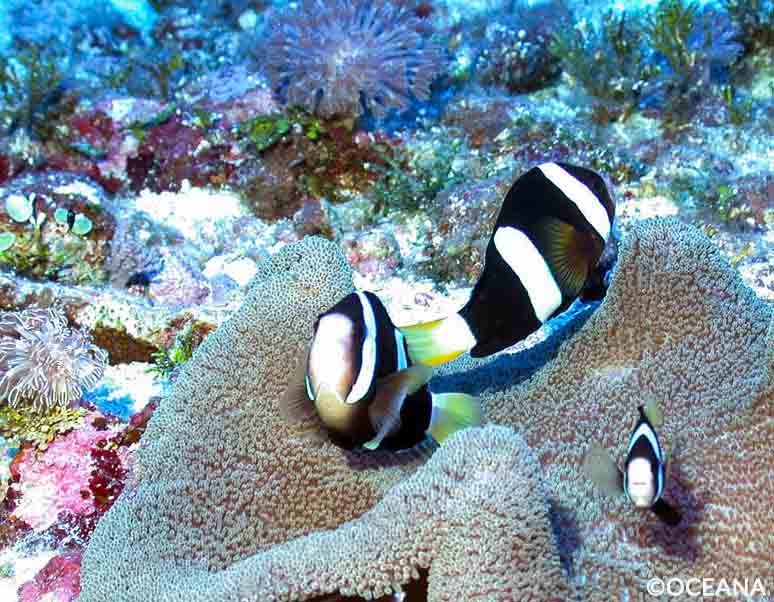SUMMARY
This is AI generated summarization, which may have errors. For context, always refer to the full article.

MANILA, Philippines – Marine scientists documented a “vast and pristine” coral reef ecosystem during the latest exploration of Benham Rise conducted in May.
On board the government research vessel M/V DA-BFA, the expedition team composed of marine scientists from the Bureau of Fisheries and Aquatic Resources, University of the Philippines, and Oceana Philippines left for Benham Bank – the shallowest portion of Benham Rise – last May 23 and returned on May 31.
“We saw terraces of corals, as far as the eye could see. It’s so exciting to know that we have such a vast and pristine coral reef ecosystem within Philippine territory,” said Marianne Pan-Saniano, marine scientist for Oceana Philippines.
In a statement on Sunday, June 5, Oceana said the team composed of fisheries and algae experts, microbiologists, oceanographers, and ecologists observed “100% coral cover in several sites, with a wide variety of colorful branching and plate corals.”
Its biological diversity consists of “a dazzling array of soft and hard corals, fish, algae, and sponges,” Oceana noted.
“Collectively, among the decades of experience studying the ocean that we have aboard the ship, no one has ever seen reefs like this. Benham is indeed a special place,” said Margot Stiles, Oceana’s director of science and strategy.
The UN Commission on the Limits of the Continental Shelf approved the Philippines’ undisputed claim to Benham Rise on April 12, 2012.
This is the Philippines’ first validated claim under the United Nations Convention on the Law of the Sea, which the Philippines also invokes in its historic case against China.
Filipinos reached the shallowest portion of Benham Rise for the first time in 2014. Back then, the team of scientists did 5 dives only for around 5 minutes each, at least in the lowest part they reached – a total of around 25 minutes. (READ: IN PHOTOS: First glimpse of Benham Rise)
For the 2016 exploration, Oceana said scientists were able to extensively study the underwater terrain of Benham Bank through cutting-edge technology. The team covered 12 research stations and analyzed hours of video footage daily.

According to Oceana, a remotely operated vehicle took underwater photos and videos for two hours on a daily basis.
Another equipment, the baited remote underwater video system, explored deeper parts of the ocean, taking 5 hours’ worth of footage. It was deployed to determine fish diversity and biomass.
Samples from Benham Bank’s seabed were collected with the help of technical divers from the Philippine Navy and the Philippine Coast Guard.
“The expedition team documented a vast mesophotic reef ecosystem – coral reefs found at depths of up to 150 meters. Scientists believe such deep sea reefs can serve as a potential refuge for shallow reef fishes that could be affected by climate change,” Oceana said in the statement.
Oceana Philippines Vice President Gloria Estenzo Ramos said Benham Bank has tremendous potential for the discovery of more unique species and outstanding samples of marine resources.
She urged government and stakeholders to work together to protect and sustainably manage Benham Rise. – Rappler.com
Add a comment
How does this make you feel?
There are no comments yet. Add your comment to start the conversation.